Wang Zhu (?-992), whose courtesy name was Zhiwei, was from Chengdu (now part of Sichuan). His grandfather, Wang Bi, entered Shu from Shaanxi under Emperor Xizong of the Tang Dynasty (873-887) and served as the governor of Yazhou in the former Shu. His father, Wang Jinghuan, served as a farewell chariot in Wanzhou. Wang wrote the Ming Jing of Later Shu and served as the chief bookkeeper of Yongkang and other counties. After Song Ping succeeded Shu, he served as the chief registrar of Longping County in Zhaozhou for 11 years. Because of his good work, he was recommended to be promoted to Wei Si Cheng and Shi Guan in the third year of Taiping Xingguo (978). Three years later, he was summoned by Emperor Taizong of the Song Dynasty and given Fei. He also wrote Zuolang, Hanlin Shishu and Shidu, and another Lv Wenzhong, a Hanlin scholar with extensive knowledge of classics and history, was also on duty at the Royal Academy. In the second year of Yongxi's reign, he moved to the left to pick up relics and went to Korea as an envoy. At the beginning of Duan Gong, he was added as a censor in the palace. In the third year of Chunhua in the Song Dynasty (992), Emperor Taizong Zhao Jiong ordered the ink ink from all dynasties stored in the inner palace to be released, and ordered the Hanlin scribe Wang to compile and copy the ink on the stone in the forbidden area, which was named "Chunhua Pavilion Tie". This post is also known as "Chunhua Secret Pavilion Fa Tie", referred to as "Ge Tie", and is a collection of posts, with a total of ten volumes.
"History of the Song Dynasty Fifty-five Biography of Wang Zhu" contains the story of "Wang wrote a book to teach the emperor to learn". He is good at writing calligraphy, his handwriting is very charming, and he has a lot of family skills. Taizong used the writing to make mistakes, and wanted to order the scholars to delete the rules and reduce the number of those who were proficient in it. ... During Taizong's free time from listening to politics, he tried to observe calligraphy and calligraphy, and the calligraphy of various schools was exquisite. In the taste order, Wang Renrui held the imperial letter and wrote, "It is not good enough." Taizong learned more and was more diligent, so he showed it again, and answered as before. Renrui questioned the reason and wrote: "The emperor began to attack the book, or suddenly praised it as a good thing, and then he no longer paid attention to it." After a long time, he showed it again. He said: "The work has been accomplished, and it is beyond the reach of the ministers." Later, Zhenzong tried to talk to the prime minister about his affairs, and praised him for being good at regulating and benefiting, which was also unparalleled in serving letters and waiting for edicts.
Wang's mastery of cursive scripts was unique in the early Song Dynasty, but no works (including ink marks, copies or engravings) with his original style have been seen so far. We can only rely on the literature to get a rough idea. Tao Zongyi of the Ming Dynasty said in "History of Calligraphy": "Wang's writing style is round and vigorous, not diminished by Xu Hao, and Shaoling's rhyme is superior. His book "Le Yi Lun" is modeled after Yu Yongxing (Shinan), and can be resisted." Chen Chen of the Southern Song Dynasty Zhang said in "Fu Xuan Ye Lu": "Nowadays, those who practice calligraphy and imperial edicts all over the country imitate the calligraphy. They call it 'Xiao Wang Shu', which is also called the courtyard style, which is the standard of the Hanlin Academy." It can be seen that Wang wrote the book at that time. The influence of wind. What is more noteworthy is that Huang Tingjian recorded that Wang completed the book and copied "Le Yi Lun" and completed Zhiyong's "Thousand Character Essay". This is an important story about Wang's contribution to calligraphy. Huang Tingjian commented on his books: "If you use your pen very well, if you have thousands of volumes of books in your mind and don't follow the busy life, the books will not have a bad rhyme. Those who are beautiful but have a bad rhyme are written by Wang, those who are strong but have a bad rhyme are Zhou Yue, and sincerity is the channel. The crime of Nong Chest is not due to the unremitting efforts of scholars." In addition, there are also records in his book Dongyue Temple Stele and the detailed "Ji Jiuzhang".
Of course, Wang's greatest artistic achievement should be his "Chunhua Pavilion Tie". Since the publication of the ancestral "Chunhua Pavilion Tie", there have been endless comments on its successes and failures. However, the outstanding merits of the original creation of "Ge Tie" cannot be lost. In the Qing Dynasty, Kang Youwei, who advocated the stele over the tie, also said: "The ancestor of the tie is "Ge Tie" written by Wang. It is rare to find a good copy, but relying on this to see the style of the Jin Dynasty, it is better than nothing to comfort the feelings."
Since the publication of "Chunhua Pavilion Tie", the official and private parties have worked together to collect, reward, engrave, and copy the Tie, which has appeared one after another across the land of Kyushu, forming a unique and continuous cultural scene. Cao Shimian of the Southern Song Dynasty had compiled 34 types of public and private imitation Congtie that were derived from the "Getie"; by the beginning of the 20th century, there were more than 310 kinds of "Congtiemu" compiled by Rong Geng. Perhaps it is in this sense that Zhao Mengfu said: "If calligraphy is not lost, it is the glory of this calligraphy."
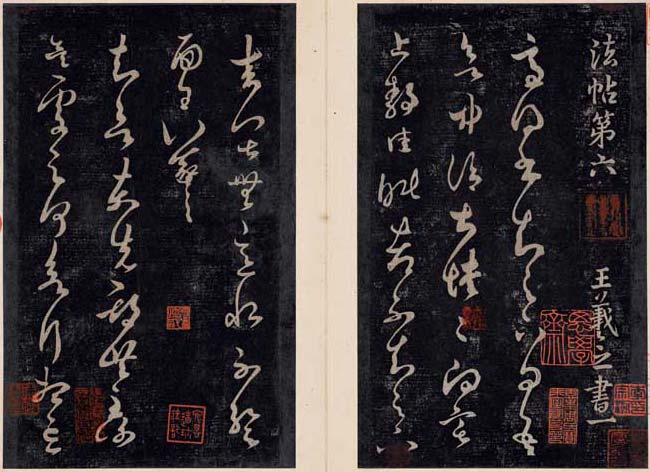
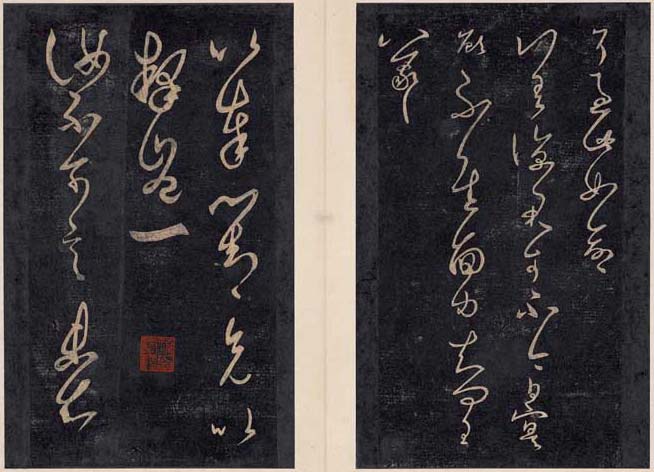
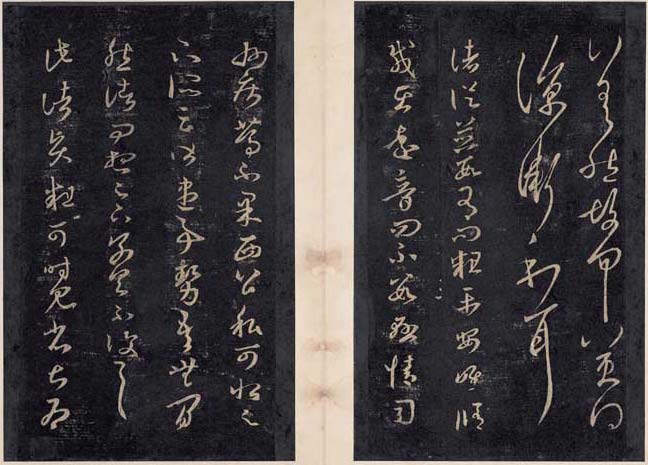
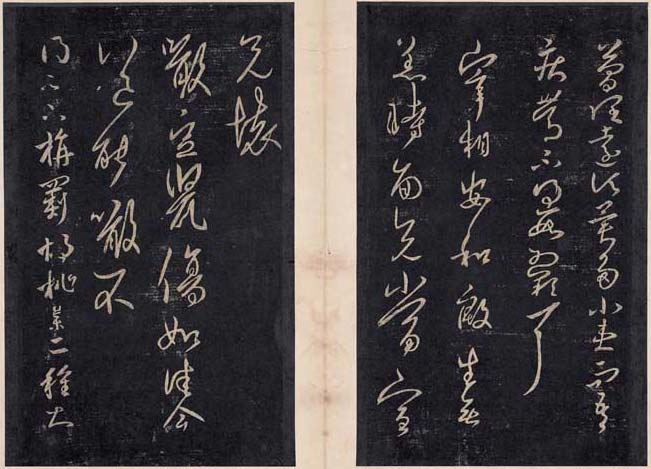
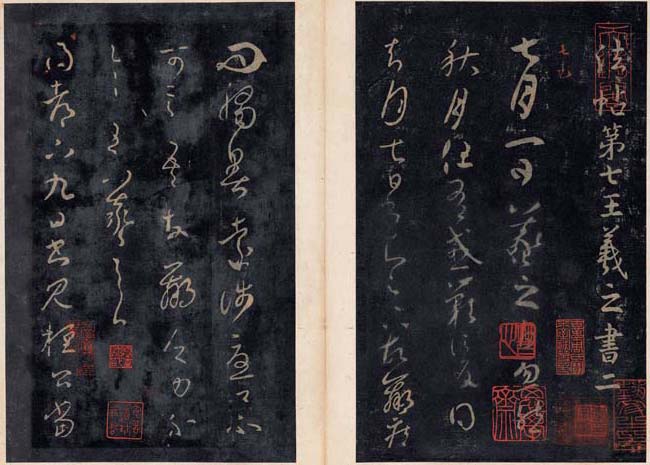
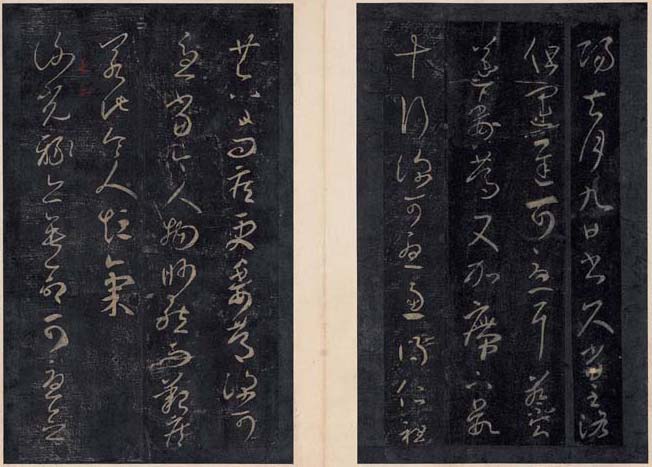
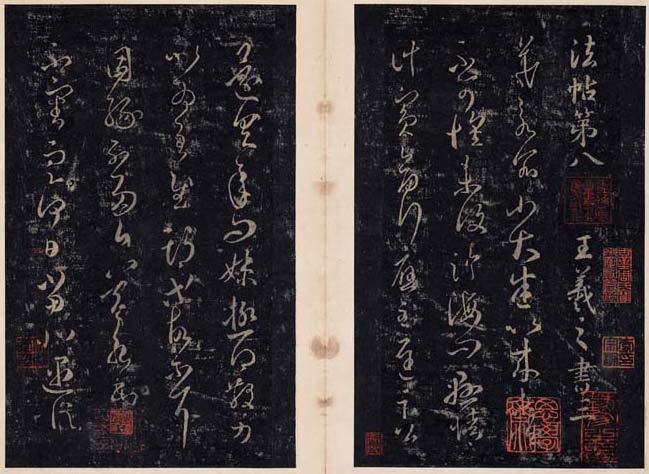
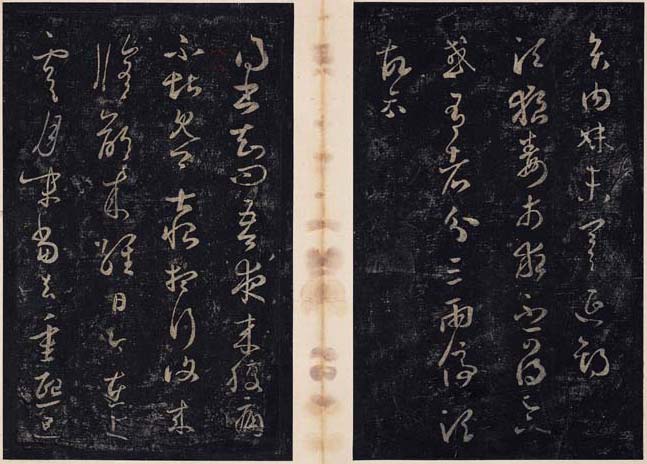
The rarest copy of "Chunhua Pavilion Notes" (part of it), collected by the Shanghai Museum
About "The Rare Edition of Chunhua Pavilion Tie"
"Chunhua Pavilion Calligraphy" is the first large-scale collection of famous calligraphy calligraphy in Chinese history. It was compiled and engraved in the third year of Chunhua (AD 992). It is generally believed that "Chunhua Pavilion Fa Tie" got its name because it was compiled during the Chunhua period. Because the engraving was hidden deep in the secret room of the Forbidden Palace, it is also called "Chunhua Secret Pavilion Fa Tie", or "Ge Tie" for short, and is known as "Chunhua Secret Pavilion Fa Tie". "The ancestor of Dharma Tie". The book includes more than 100 emperors, famous ministers and calligraphers from past dynasties, and about 420 pieces of ink.
The "Chunhua Pavilion Tie" purchased by the Shanghai Museum from overseas in 2003 is the fourth, sixth, seventh and eighth volumes. It is the only original rubbing that is currently known to exist.








